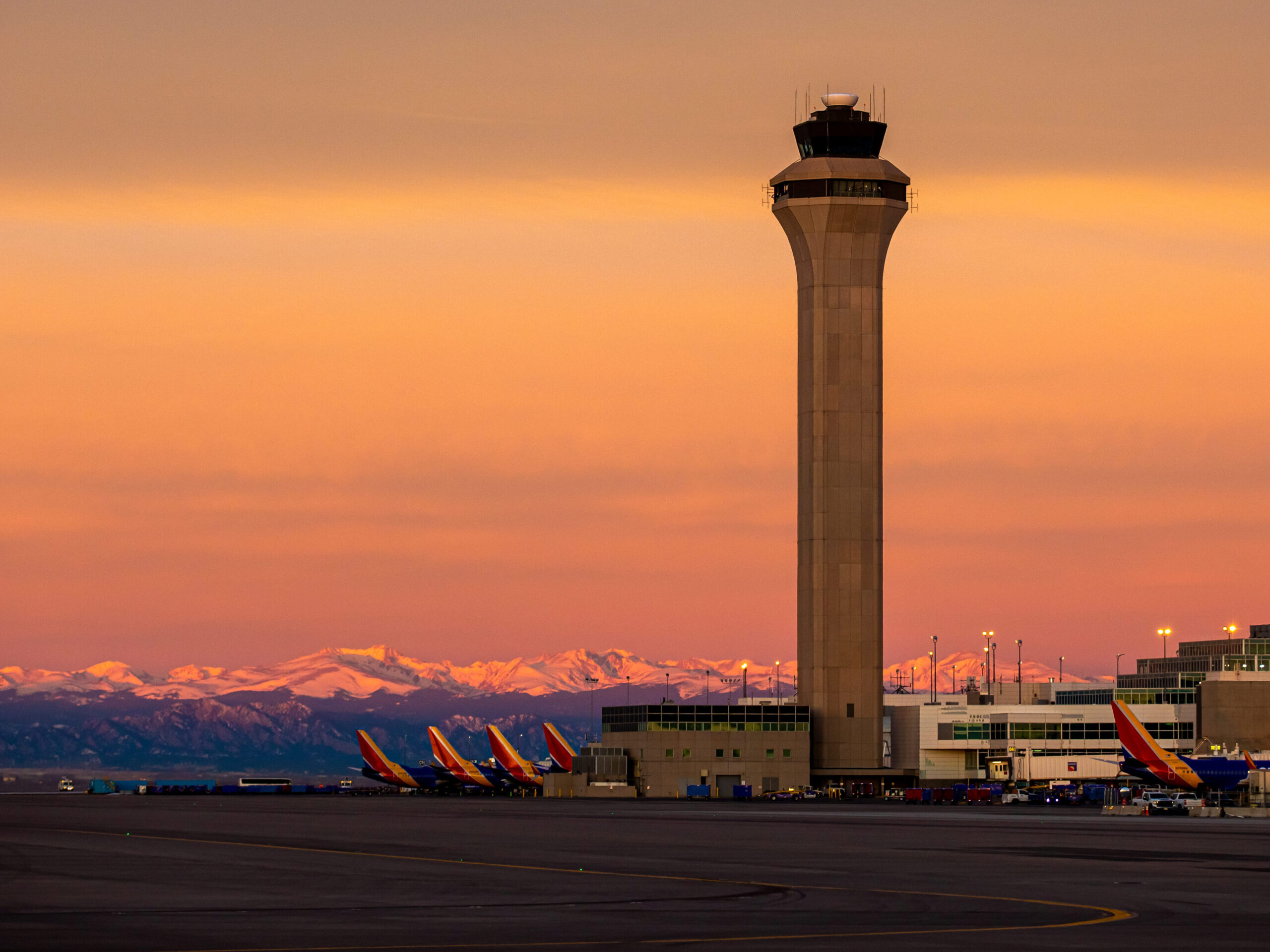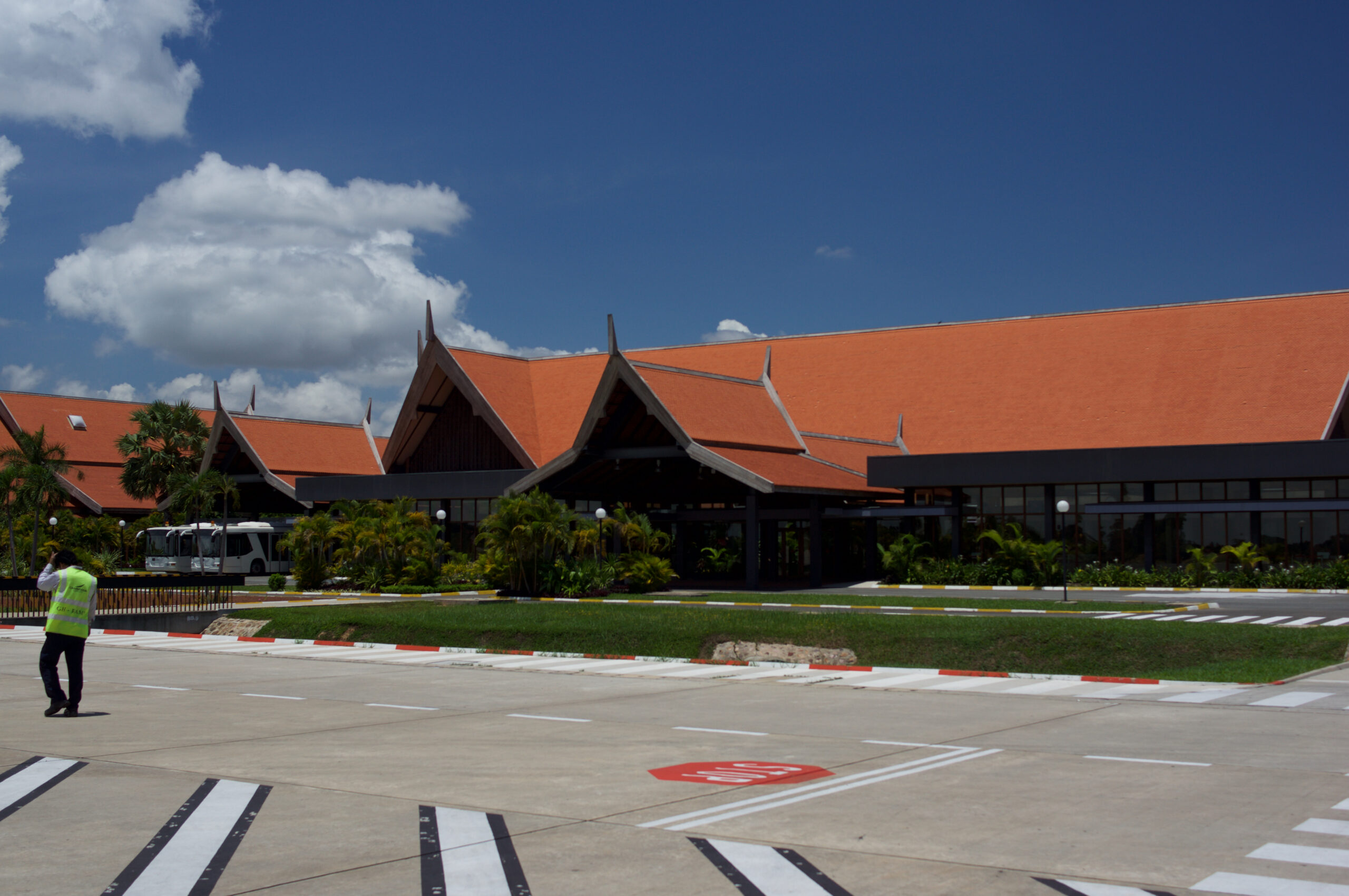VINCI Airports Introduces Sustainable Aviation Fuel for the First Time at London Gatwick Airport
Today marks the first time a departing flight at London Gatwick has used sustainable aviation fuel. As of October 31, VINCI Airports will make sustainable biofuels available to airlines operating at the airport. The initiative will start with easyJet, which will use these biofuels to operate all of its flights between London Gatwick and Glasgow throughout COP26 (from October 31 to November 12).

VINCI Airports was the first operator to launch sustainable biofuels in France on Michelin Air Service business flights in April, and is now taking a further step forward by supplying its first scheduled flights at London Gatwick. This ramp-up reflects VINCI Airports’ commitment to helping decarbonize air travel, as sustainable biofuels can reduce greenhouse gas emissions by 80% per liter compared to conventional fuel. Sustainable biofuels thus constitute a solution with an immediate positive impact for air transport, and are supported by VINCI Airports alongside other solutions such as green hydrogen, which is currently being developed.
The biofuels implemented at London Gatwick will be made from 100% renewable feedstocks derived from waste and residues, such as used cooking oil and animal fat waste. The airport will provide its fuel supply infrastructure (storage tanks and underground pipelines) to enable the biofuels to be put on board.
In a further move to decarbonise operations and reduce greenhouse gas emissions, from today, easyJet, in partnership with World Fuel Services, has introduced an electric hydrant truck at the airport which will serve its fleet of 80 aircraft at London Gatwick. It is the first in the UK and based on diesel equivalents which are estimated to burn 6630 litres of diesel every year the new e-hydrant vehicle can reduce 18,000 kgs of CO2 emissions annually. The electric hydrant truck adds to the electric ground services equipment already supporting easyJet aircraft operations at Gatwick.
This article was originally published by VINCI Airports.













